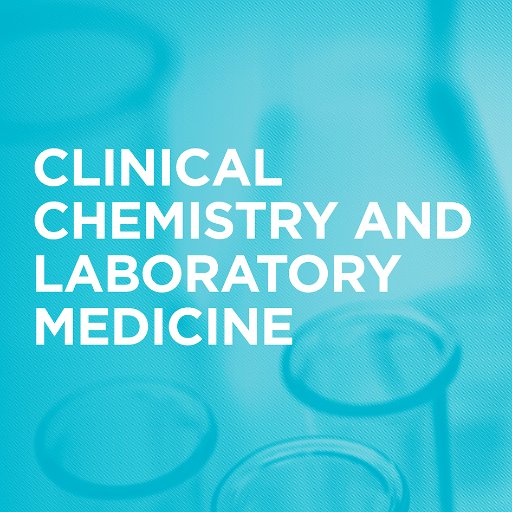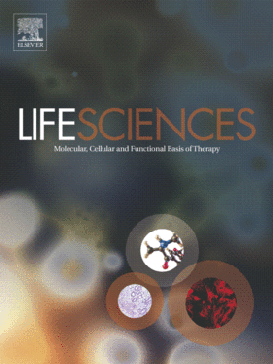“Researchers demonstrate hemp’s ability to slow cancer growth and uncover mechanism for its cancer-fighting ability.
Results from some of the first studies to examine hemp’s ability to fight cancer show that it might one day be useful as plant-based treatment for ovarian cancer. Hemp is part of the same cannabis family as marijuana but doesn’t have any psychoactive properties or cause addiction.
“Hemp, like marijuana, contains therapeutically valuable components such as cannabidiol, cannabinol, and tetrahydrocannabinol,”
“Our findings from this research as well as prior research show that KY hemp slows ovarian cancer comparable to or even better than the current ovarian cancer drug Cisplatin,” said Turner. “Since Cisplatin exhibits high toxicity, we anticipate that hemp would carry less side effects.”
https://www.sciencedaily.com/releases/2018/04/180423155046.htm









